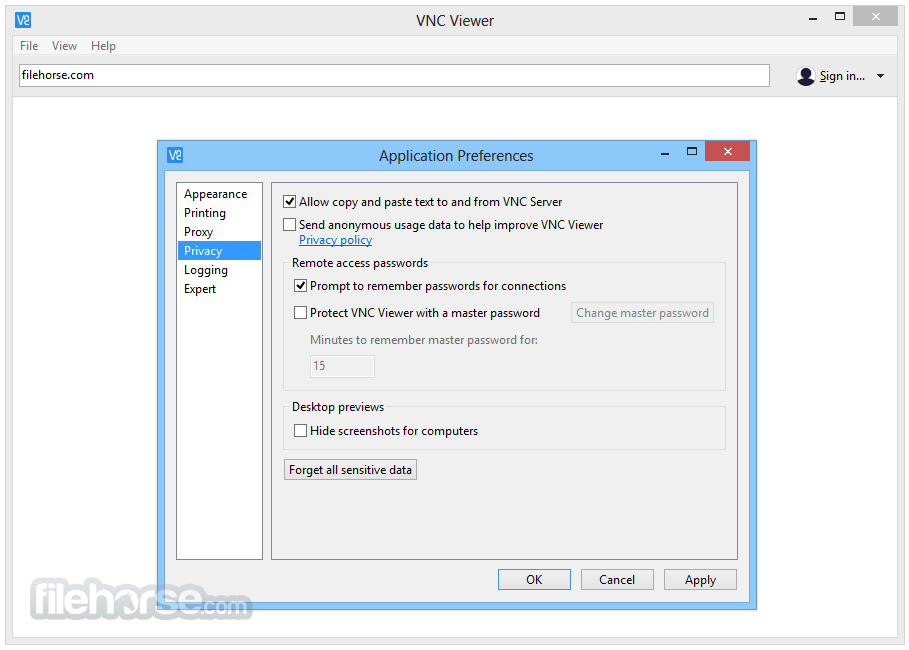
You write values to your own registers by building a payload from values in different formats. There is a great python library called pymodbus which makes this task easy: Top right: Raspberry Pi 3 B – with a USB stick for logging (This extends the life time of the SD card a lot -)), second ‘row’ UVR16x2, third row: UVR1611 – most of its former functions have been migrated to UVR16x2. The main units of our control infrastructure – after the Chief Engineer’s heroic rebuild of the technical room last year. Starting my own Modbus server at the Raspberry Pi we already use for logging from the heat pump’s CAN bus.

collects data from other sources which UVR cannot directly process.I was looking for … a babel fish! A universal protocol translator that … So far I could not, say, calculate the photovoltaic power used directly at each instant.
RASPBERRY PI MODBUS SERVER SERIES
As I am mainly interested in daily consumption or performance data, the Data Kraken creates a series of nested views, finally spitting out one row per day, and those views for different loggers can be joined again. Of course you can simply overlay the data without the time stamps being exactly equal. Separate log files provide for built-in backup – but what if I could send these data to the UVR16x2 in real time in addition?Ĭurrently different loggers log data at different points of time, so you cannot simply join all these tables together. My Data Kraken is a SQL Server that is fed log files from different data loggers – the largest one from the CMI, and others are from our smart power meter’s logger, from our photovoltaic inverter, and from the heat pump’s internal CAN bus. But while the CMI is a web server with visualization a JSON API, it cannot log ‘from’ JSON. However, our smart meter has ‘only’ a JSON interface – and you can always scrape data from the website as last resort. As the CMI supports Modbus inputs and our Fronius Symo inverter has a Modbus interface, PV ‘generation’ data can be logged via Modbus. If you want to optimize the usage of photovoltaic energy, the controller should know about the PV ‘production’ and current consumption. An operating system for control should do just that – I don’t want a web server and TCP/IP on the controller itself.īut sometimes it might be useful to send the controller a non-critical ‘nice-to-have’ signal. This ‘architecture’ might be due to historical reasons, but I like the separation of critical control functions and nice-to-have logging. There are two pieces of hardware you need for logging – the actual control unit and the logger connected to the controller via the CAN bus. Run() // start MbTcp subroutine // Digital OUT 2 (as Modbus Coil 1) if (Mb.Our main data logger is the Control and Monitoring Interface of the freely programmable controller UVR16x2. begin(mac, ip, subnet) // Assign MAC, IP, and subnet mask pinMode(Out2, OUTPUT) // assign Pin 2 as Output pinMode(Out3, OUTPUT) // assign Pin 3 as Output pinMode(Out4, OUTPUT) // assign Pin 4 as Output
RASPBERRY PI MODBUS SERVER MAC
#define THERM_PIN 0 // 10ktherm & 10k resistor as divider.īyte mac = // Define Subnet mask Ethernet. The video shows Lamps 1,2,3 turning On/Off depending of temperature (acquired by 10k Thermistor) OR by HMI (webVisu) push buttons Arduino Mega 2560 + Ethernet Shield (IP:192.168.1.10) : remote I/O running as Server Modbus TCP.Here following the hardware architecture ( Fritzing diagram): Raspberry PI= PLC Controller (Codesys 3.5 SP.

So I though to realize a cheap fully working distributed architecture where: And it's for free! (you can buy the "fully licensed version for 35€, anyway the demo version run fully featured for 2 hours).
RASPBERRY PI MODBUS SERVER ISO
Substantially, downloading the Codesys ISO image and installing it into the Raspberry SD card, it's possible to transform your PI into a PLC controller.


 0 kommentar(er)
0 kommentar(er)
